What is the tolerance range of precision screws?
What is the tolerance range of precision screws?
Service Hotline
+86760-8787 8587We have more than ten years of production experience in the screw industry, the main products are: auto parts bolts, spring washers standard specifications and models, GB70.1 bolts, copper nuts, grade 8 GB56 hexagonal thick nuts, countersunk head internal and external teeth half hexagonal rivet nuts, hexagonal Anti-slip screw cap with pad, metal spring flat washer, motherboard screw nut, household boxed nut, countersunk head flat head socket head cap screw, headless bolt, flat head small countersunk head inner and outer hexagonal rivet nut, plastic cap nut, GB849 equal tightness Firmware, due to different product materials and specifications, the price is also different, please contact us if necessary.


In real life, rivet nuts are used. With different specifications and different uses, many people are familiar with this tool but don't know how to use it properly. In fact, rivet nut tools have manual and transmission, and now are rarely used for manual. If you choose to use electric rivet nuts in order to improve production efficiency, which of the two is more widely used? The following describes the use of electric rivet nuts and manual nuts. How to use the manual rivet nut tool: Insert the rivet nut into the drilled installation hole with a rivet mother tool to fix the rivet nut. (1) Screw the rivet nut onto the rivet nut tool 2) Use the rivet nut tool to insert the rivet nut into the drilled mounting hole. (3) Tighten the nut, and press the handles on both sides of the rivet nut tool to the direction of the middle round rod. You can only press it hard. Therefore, this pressure must be in place. It is forbidden to repeatedly squeeze the handles on both sides to damage the nut. Fastening thread in the form of inside. (4) The rivet nut tool is separated from the rivet nut: just loosen the ball head in the picture, and the tool will be separated from the nut after completely loosening.
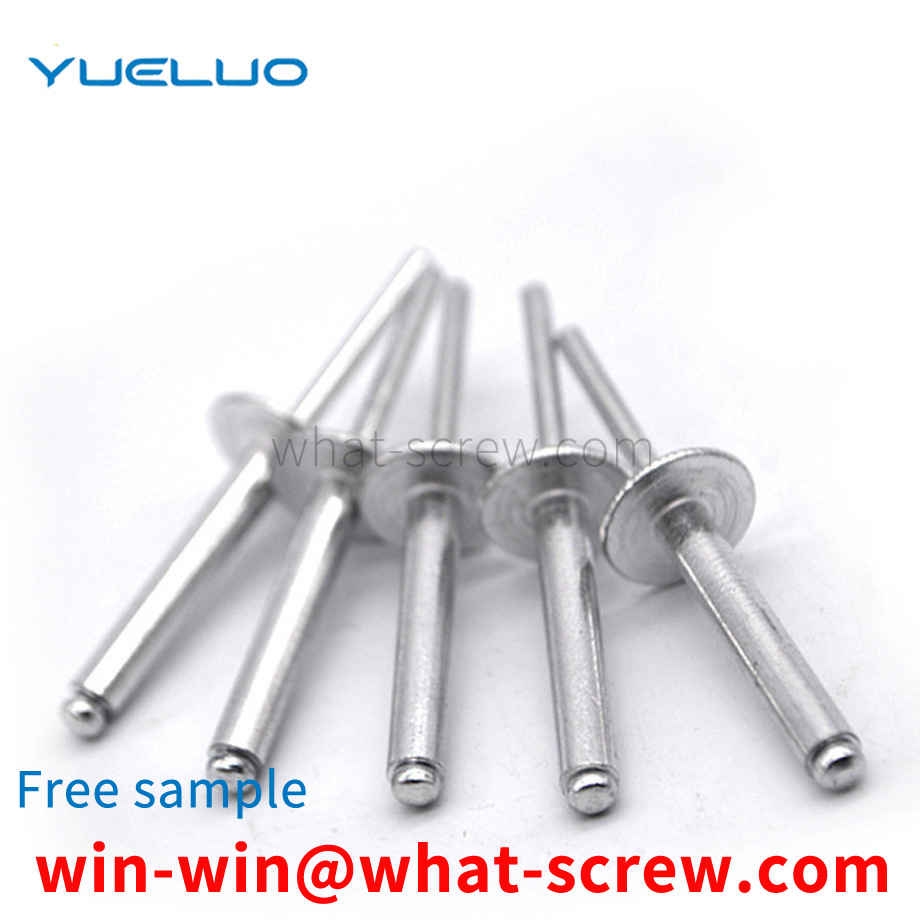
The following standards contain provisions which, through reference in this standard, constitute provisions of this standard, and at the time of publication of this standard, the editions indicated were valid. All standards are subject to revision and parties using this standard should explore the possibility of using the latest edition of the following standards. GB/T90-1985 Fasteners Acceptance Inspection, Marking and Packaging -1985 Cross recessed screws GB/T1237-2000 Fastener marking method GB/T3098.1-2000 Mechanical properties of fasteners Bolts, screws and studs GB/T3098.6-2000 Mechanical properties of fasteners, stainless steel bolts, Screws and studs GB/T3098.10-1993 Mechanical properties of fasteners Bolts, screws, studs and nuts made of non-ferrous metals GB/T3103.1-1982 Fastener tolerances Bolts, screws and nuts GB/T3106-1982 Bolts , The nominal length of screws and studs and the thread length of ordinary bolts -2000 Fastener surface defect bolts, screws and studs, general requirements GB/T16938-1997 Fastener bolts, screws. Studs and nuts general technical conditions
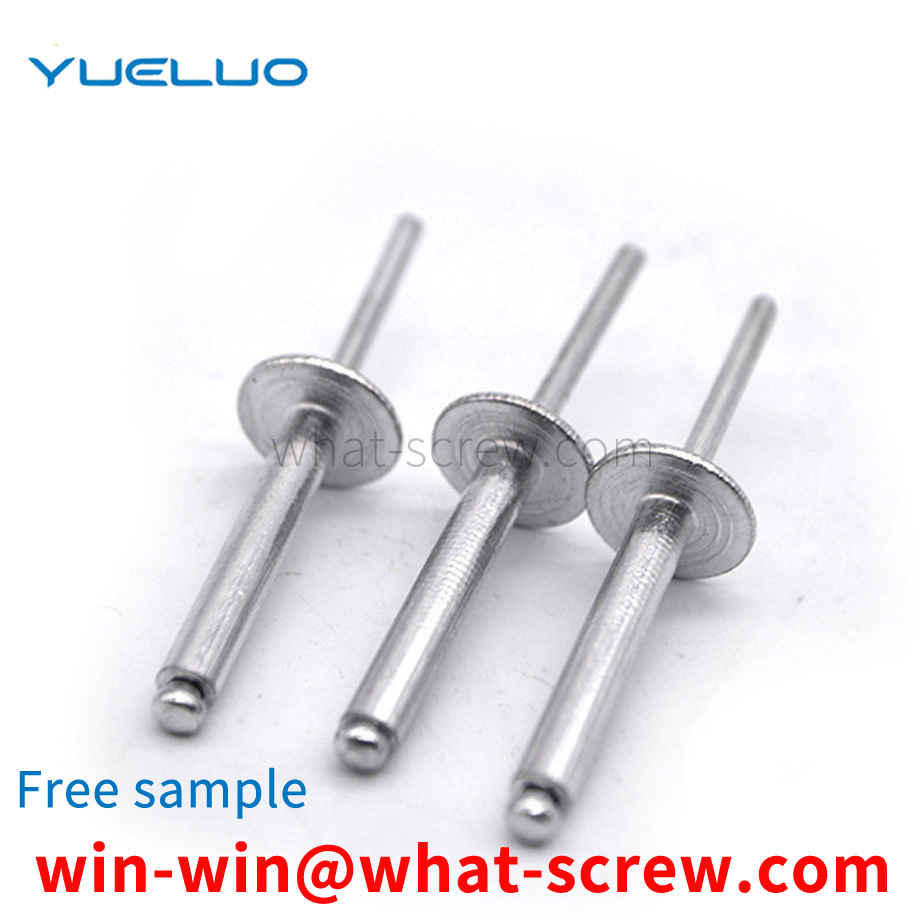
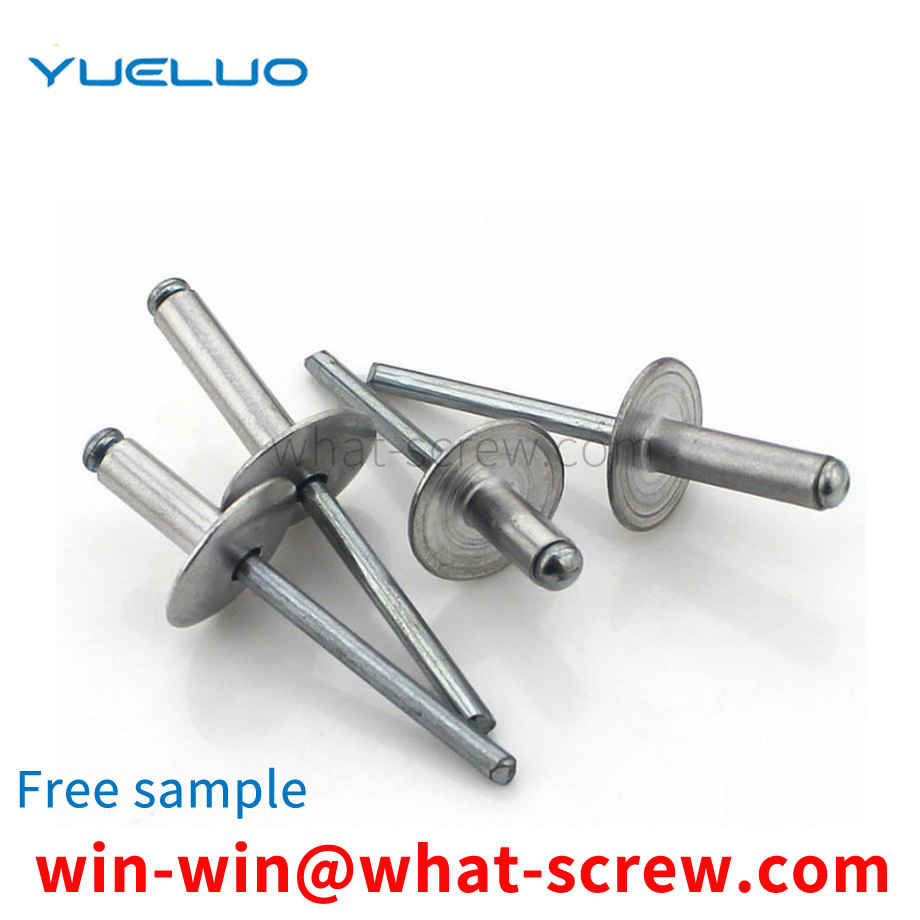
At present, the industry uses the pure manual installation method to install the elastic cylindrical pin, that is, the staff first holds the tool holder; then, manually puts the elastic cylindrical pin into the elastic cylindrical pin hole of the tool holder; then, use the body to align the tool holder For positioning, use a hammer to knock the elastic cylindrical pin into the tool holder. This installation method requires manual operation throughout the entire process, and the work efficiency is low. Moreover, when the hammer is knocked, the staff needs to use the body to position the tool holder, there is a risk of smashing and injuring people, and there is a potential safety hazard. In addition, hammering will cause deformation of the elastic cylindrical pin, and the qualification rate of assembly is low.
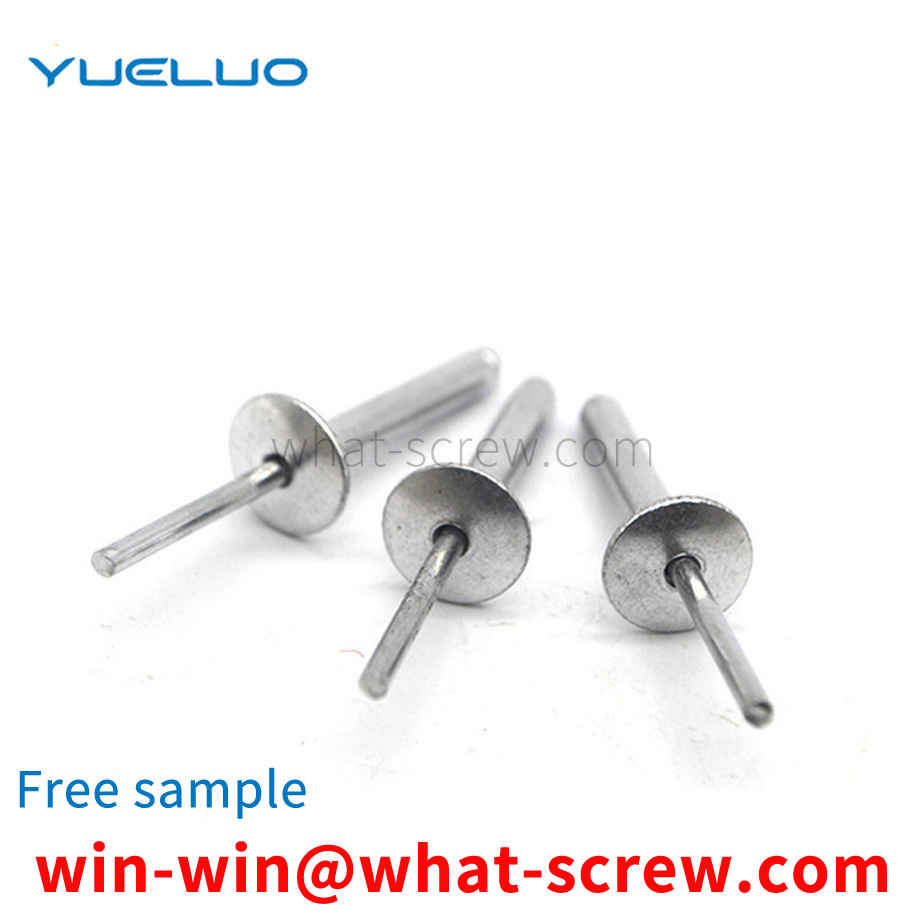
Stud bolts generally need to be surface treated. There are many types of bolt surface treatments. Generally, electroplating, blackening, oxidation, phosphating, and electroless zinc flake coating are commonly used. However, electroplated fasteners account for a large proportion of the actual use of fasteners. Especially in automobiles, tractors, home appliances, instrumentation, aerospace, communications and other industries and fields are more widely used. However, for threaded fasteners, not only a certain anti-corrosion capability is required in use, but also the interchangeability of threads must be ensured, which can also be called screwability here. In order to meet the dual-use performance of anti-corrosion and interchangeability required by threaded fasteners in use, it is very necessary to formulate special plating standards. [1] The GB/T5267.1-2002 [Threaded Fastener Electroplating Coating] standard is one of the national standards Fastener Surface Treatment series of standards, which include: GB/T5267.1-2002 [Fastener Electroplating Layer]; GB/T5267.2-2002 [Fastener electroless zinc flake coating] two standards. This standard is equivalent to the international standard ISO4042; 1999 [Threaded fastener electroplating layer]. This standard replaces the GB/T5267-1985 [Threaded Fastener Electroplating Coating] standard.
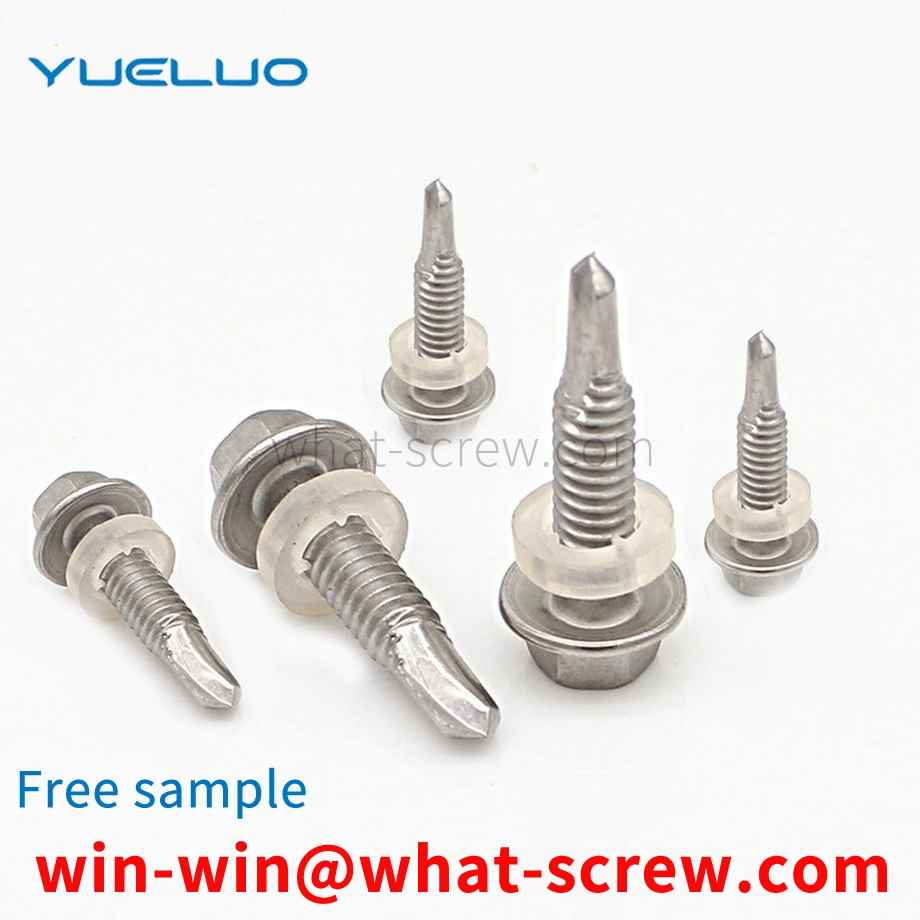
The above content is uploaded by Yueluo or the Internet. If there is any copyright issue, please contact [email protected].

What is the tolerance range of precision screws?

How to choose the right stainless steel screw manufacturer?

Why is there an R angle under the head of the hexagon head s...
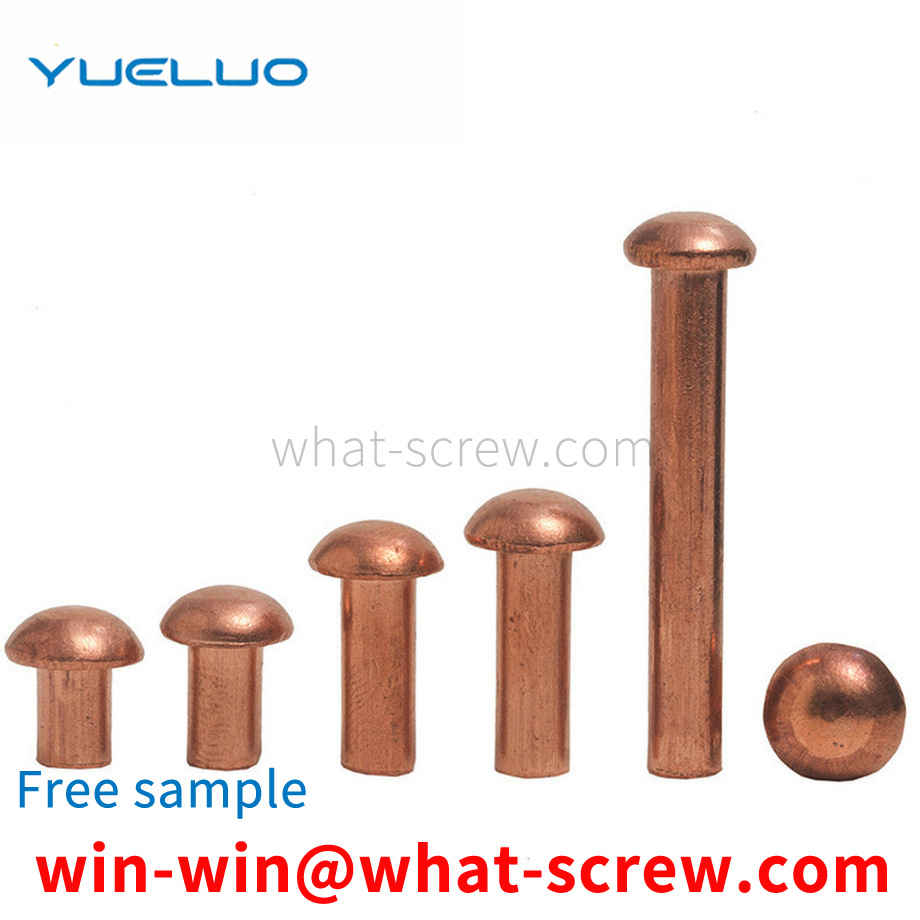
We have more than ten years of experience in the production ...
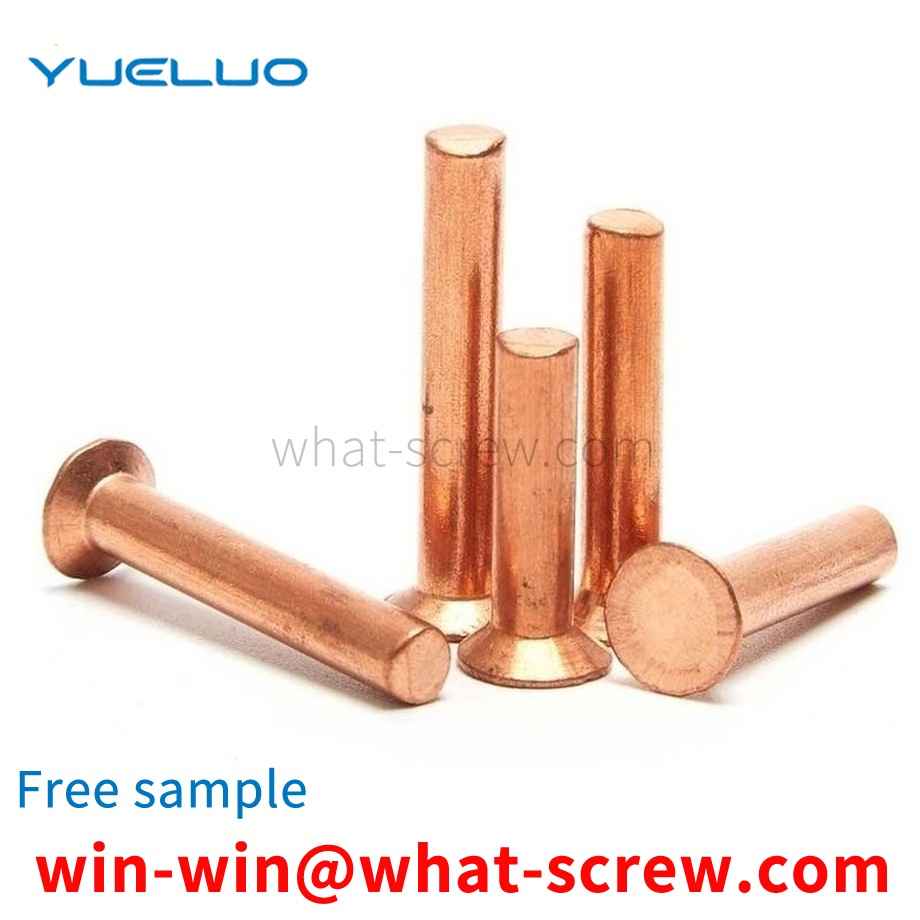
We have more than ten years of production experience in the ...
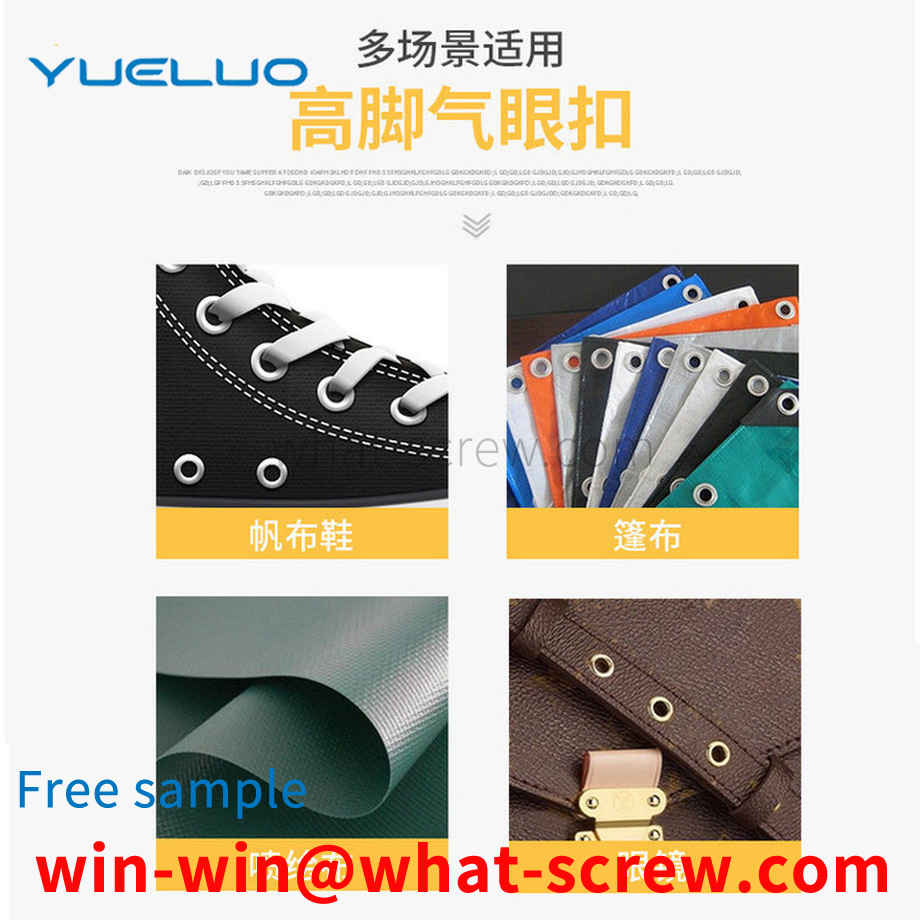
We have more than ten years of experience in the production ...
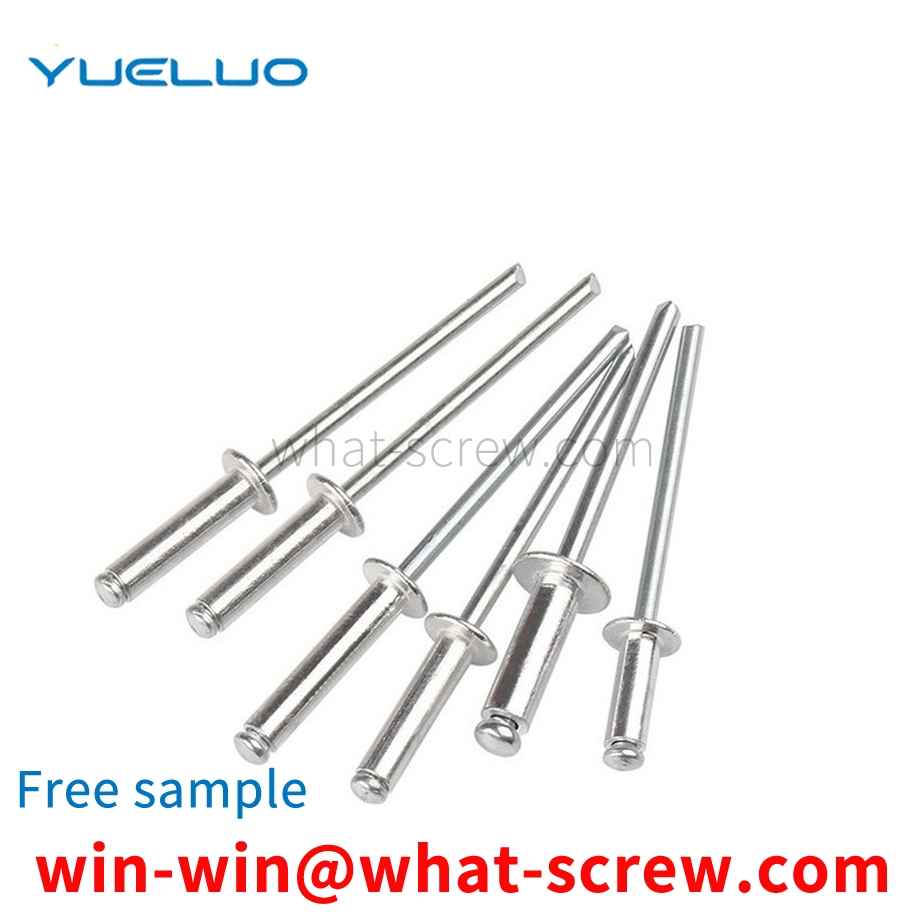
We have more than ten years of experience in screw industry ...